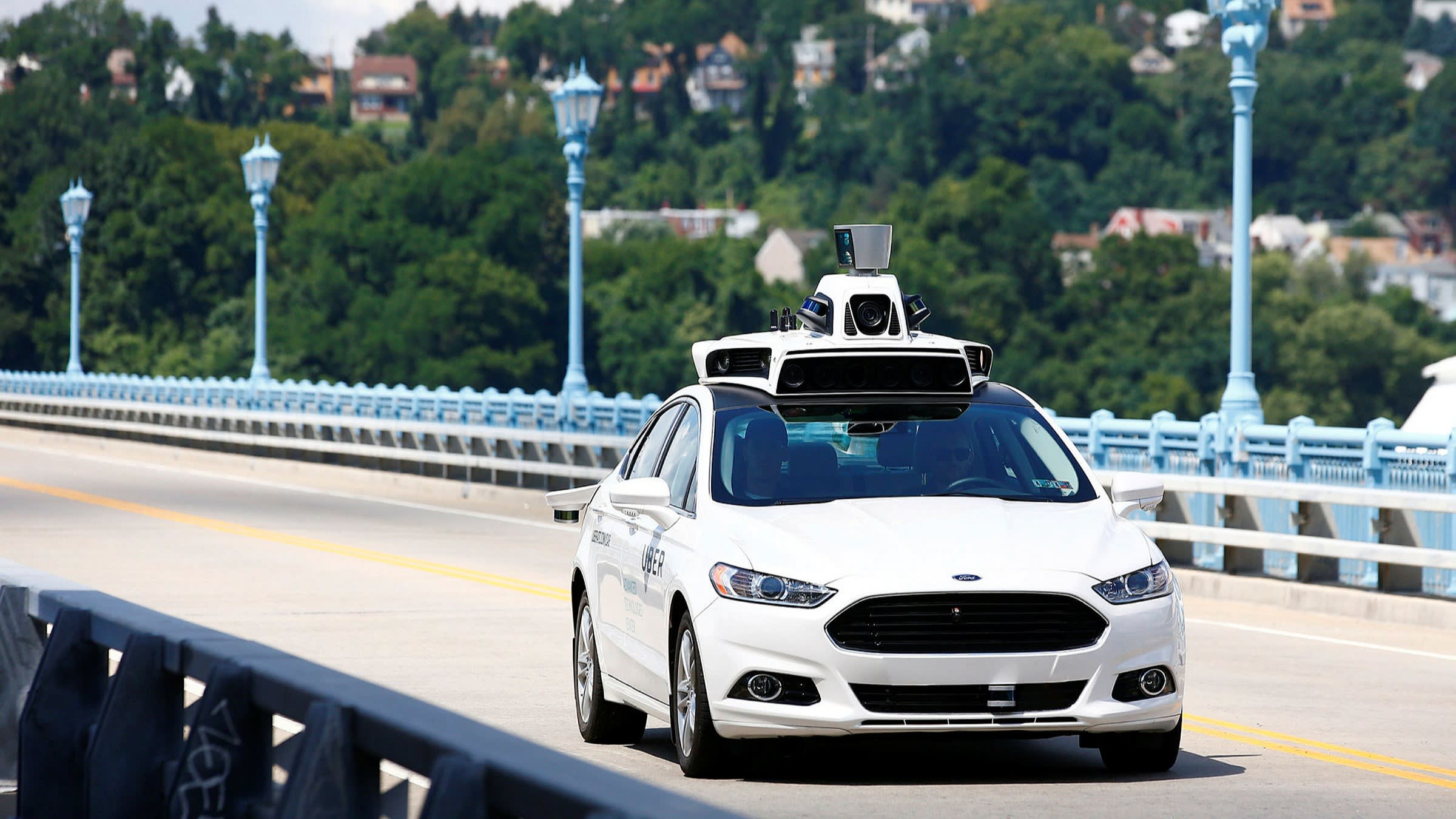A new report from the Insurance Institute for Highway Safety (IIHS) brings into question whether autonomous cars will make as much of a difference for on-road safety as originally thought. IIHS posted a narrative about the study that infers roughly one-third of crashes could potentially be avoided by a self-driving vehicle rather than a human, but that figure is much lower than previous estimations.
Previous studies have estimated that since 94 percent of accidents on US roads are due to human error, according to the Department of Transportation and the NHTSA, a vast majority could be avoided by taking the human element out of the equation.
The IIHS infers that it might not be so simple. Analyzing 5,000 collisions across five categories of accidents – sensing and perceiving, predicting, planning and deciding, execution and performance, and incapacitation – the study estimated that many of the crashes would likely still have occurred if an autonomous car was designed to drive with similar mannerisms and traits to a human. That could mean aspects like comfortable acceleration and braking or even following speed limits according to conditions.
IIHS Research Scientist Alexandra Mueller is lead author of the study. She says, “Building self-driving cars that drive as well as people do is a big challenge in itself. But they’d actually need to be better than that to deliver on the promises we’ve all heard.”
Related: What are the Most Appealing Features for Car Buyers Now?
Why the Difference in Safety Predictions?
The study assumed the eventuality that all cars were self-driving and had characteristics that were similar to human driving traits. Those traits can often conflict between safety and convenience, forcing the AV to make a risk analysis. But there’s still risk.
The IIHS study could only assume crashes due to sensing and perceiving errors, as well as incapacitation, would be eliminated, accounting for 34 percent of crashes. That’s based on a zero-percent failure rate and assuming sensors and cameras are working perfectly.
It also doesn’t take into consideration that mechanical failure contributes to some accidents – a tire blowout or an electrical failure, for example. That leaves as many as 66 percent of crashes as a possibility – not a sure thing, but not confidently eliminated.
Not a Consensus in the Industry
Auto industry groups aren’t all on the same page as the IIHS study. The Alliance for Automotive Innovation thinks there’s more potential for collision avoidance than the study gives credit for, and the Partners for Automated Vehicle Education say the study “falls short in its application of these insights to autonomous vehicles by assuming that superior perception and the ability to avoid incapacitation are the only ways in which autonomous vehicles can improve on human driving performance. This is simply not the case.”
Why It Matters
There’s no denying that autonomous technology is here and it’s being tested. Dealers will need to know not just how to use the features reliably, but how to sell it without exposing themselves to liability. Like ADAS systems, early autonomous cars will need to be carefully sold with the premise that it’s for the driver’s convenience and the driver’s full attention still needs to be paid during use.
An errant salesperson who makes claims about a vehicle’s ability to avoid a collision could expose the dealership to litigation if it doesn’t do as the salesperson claimed.
Self-driving cars have been in the making for more than a decade and will eventually become mainstream. Careful positioning at the dealership will be key during the early stages.
Did you enjoy this article from Jason Unrau? Read other articles from him here.
Car Biz Today, the official resource of the retail automotive industry.


While you’re here, don’t forget to subscribe to our email newsletter for all the latest auto industry news from CBT News.








